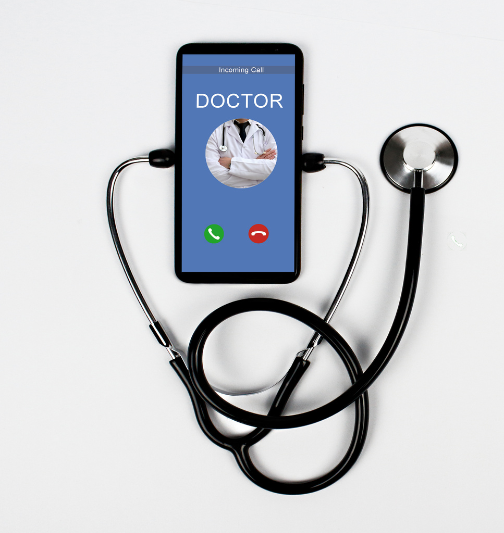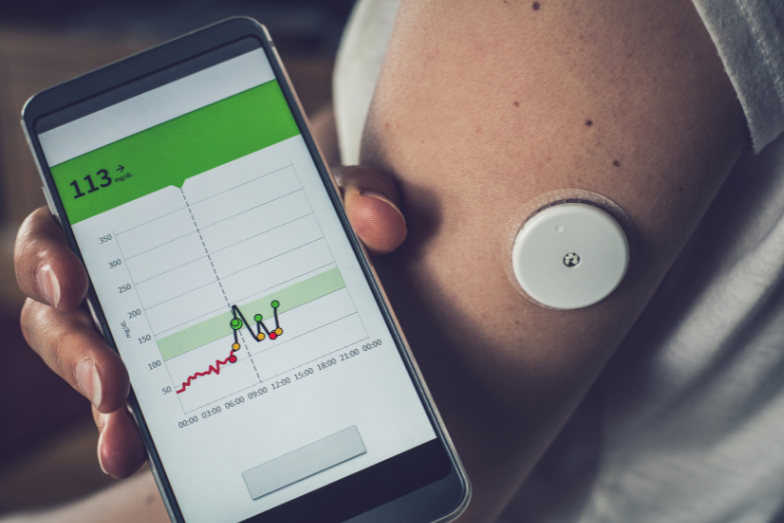
Overview of Key Issues Going into 2023 Recap
Earlier this year, we anticipated that the healthcare industry would experience increased technologies promoting personalized and preventive patient care [1]. We also discussed critical topics such as bias towards minority groups, improved patient engagement, and increased collaboration in the healthcare sector [1]. This article goes over the advancements achieved thus far and explores the integration of new technologies in the past year.
Expansion of AI 2023 Recap
Earlier this year, we predicted that AI would continue to utilize and analyze large amounts of data [1]. This data would be used to make reliable predictions and would be used to provide effective treatment options [1]. This in turn will promote more personalized and preventive care for patients. One technology that achieves this is a recent study that showed AI being able to effectively determine if female patients would have diabetes [2]. Surprisingly, the precision for predicting insulin characteristics in the selected female patients was 81% [2]. Furthermore, another study showed similar results with 70.3% accuracy in determining if Mexican women showed signs of gestational diabetes mellitus [2].

Although this is favorable for predictive and preventive care, improved work is still needed. For instance, bias still exists in data used to train AI, which can lead to discrimination and false results [2]. Furthermore, now exists the ethical dilemma of how patients should be communicated with about the potential onset of diseases [2]. Therefore, more work and determination are needed to overcome ethical obstacles that may hurt patient trust in AI.
Expansion of Telehealth 2023 Recap
For telehealth, we predicted improvements in security features that protect sensitive patient data [1]. We also expected that telehealth would enable healthcare services to be more accessible and provide long-term care for patients with chronic conditions [1]. One technology that achieves this is a virtual reality game where veterans are tasked with saving a village from a fire-breathing dragon [3]. This VR game allows doctors to see a veteran’s range of motion, and track their movements as they play the game over time [3]. This also enables veterans to feel more motivated to continue their physical therapy over time due to the immersive nature of the game [3].

Over time, it seems that virtual reality will continue to be the next step for telehealth services. Furthermore, some veterans have noted that VR helps them manage their pain, and makes them less reliant on their medications [3]. Furthermore, some patients with previous chronic issues involving range of motion have seen improved movements [3]. Although telehealth still needs to work on improving security features, it seems to be going in the right direction in providing chronic care management.
Remote Patient Care & Wearables Advance in 2023 Recap
For remote patient care and wearables, we predicted that remote patient care would be used with telehealth services [1]. This means that high-risk patients can be monitored more effectively. Additionally, patients will have better treatment plans catered to their specific lifestyles [1]. One technology that achieved this was a wearable device that can send data up to 15 miles away [4]. This is impressive because it doesn’t require significant infrastructure which is often required with Wi-Fi. Furthermore, this is useful in rural communities that lack access to Wi-Fi or the infrastructure needed to transmit data. The wearable device also incorporates a custom fit for the user which makes it feel like it’s part of the body [4]. Furthermore, the device charges without needing to be removed or any additional effort [4]. This allows rural communities to receive continuous remote monitoring, and can even be used in war zones [4].

Overall, this allows patients to be monitored more effectively, which in turn provides doctors with more reliable data that can be used to make decisions regarding treatments. Furthermore, this technology is impressive in overcoming geographical contains [4]. Although more innovation is needed to collaborate more with other forms of technologies like telehealth, this is a big step in providing predictable and preventive care for patients.
Precision Health Collaborations in 2023 Recap
For precision health, we predicted that genetic information would be increasingly used to provide expected success rates of treatment [1]. This will increase informed decisions in healthcare and help avoid adverse health effects [1]. Currently, precision health is being used to understand a patient’s DNA, and how the patient will react to medications and even their risk of certain diseases [5]. Furthermore, 99% of the population has shown some genetic factor that may determine how they metabolize medications in their body [4]. This means that certain combinations of drugs and dosages can be tested beforehand to prevent adverse effects [5]. Overall, it seems that precision health is on the right path of providing a success rate for treatment, and will continue to advance to be more reliable [5].

Increased Compatibility through Cloud Technology in 2023 Recap
Finally, for cloud technology in 2023, we predicted that large amounts of data would be securely stored and would be more accessible to doctors [1]. This in turn will increase collaboration in healthcare and promote better health outcomes [1]. Therefore, it’s no surprise that Microsoft and Google have revealed new features catered towards healthcare services [6]. These features integrate data from different sources and organizations so they can be used to standardize processes and provide insights [6].

First, Google released technology that implements generative AI which helps doctors search through medical data such as clinical notes [6]. This predictive test should enable clinicians to better search through large amounts of data. Furthermore, Microsoft released technology that allows organizations to merge data from various applications [6]. This will help save time and money spent integrating various health data ranging from notes to videos and images [6]. Overall, this is an important step in allowing insights to be made from different data sources and providers. In turn, this increases collaboration cost-effectively while still providing clinicians with important information [6]. Furthermore, the use of AI in cloud computing technology will help reduce clinician burnout [6]. Therefore, although more work is needed to secure data, it seems that 2023 is headed in the right direction in terms of more accessible data.
Predictions Recap
Overall, it seems that most of our predictions for 2023 came true, especially the innovations of precision health and telehealth. However, more work is needed to increase patient privacy and to integrate these technologies into current healthcare practices. Regardless, it is impressive to see how much technology has advanced over the past year. Even though we have a long way to go, it seems that 2023 was a successful year. Furthermore, 2023 was headed in the right direction in terms of predictive and preventive care through the use of innovative technologies.
HITS
HITS provides healthcare management services & works with doctors to develop health informatics tools that promote safe and secure care. We take pride in our services and settle for nothing other than 100% quality solutions for our clients. Having the right team assist with data sharing is crucial to encouraging collaborative and secure care. HITS also focuses on transforming health care by analyzing integrated medical solutions and evaluating information systems. Our goal is to enhance individual and population health outcomes, improve patient care, and strengthen the clinician-patient relationship.
References
- https://healthinformationtechnologysolutions.com/advances-in-healthcare-predictions-for-2023/
- https://www.news-medical.net/health/Harnessing-the-Power-of-AI-Predicting-Diabetes-Onset-Before-It-Strikes.aspx
- https://fedtechmagazine.com/article/2023/10/pandemic-tested-telehealth-technology-expands-mainstream-care
- https://news.arizona.edu/story/new-wearable-communication-system-offers-potential-reduce-digital-health-divide
- https://www.bizjournals.com/cincinnati/news/2023/12/08/christ-hospital-health-network-precision-health.html
- https://www.forbes.com/sites/davidchou/2023/10/15/tech-giants-unveil-new-ai-tools-for-healthcare/?sh=5d7df7363ada